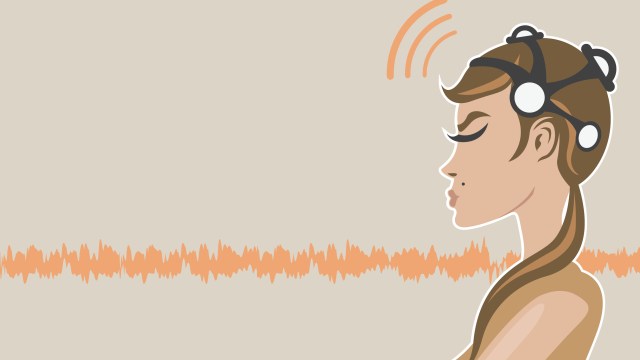Germany Is Building a 62-Mile Bicycle Highway

Germany is building an Autobahn for bikes as a way to help nourish its growing cycling culture among commuters. When completed, the Radschnellweg (translation: “fast bike path”) RS1 will be 62 miles of dedicated bike path, running between the cities of Duisburg and Hamm.
“The RS1 is not only a pioneer project for modern transport policy in North Rhine-Westphalia, but for all over Germany and beyond,” says Ulrich Syberg, of the ADFC (a German bike association and advocate group). “When it’s ready, the world will look upon the Ruhr area and wonder, how many people can you motivate to switch from the car to the bike, and how much this will relieve congestion in city centers.”
This project shows great potential for the future of greener infrastructures. A few European countries have been making efforts to discourage car use in city centers or have plans to ban them altogether.
The change could be a major boost for the nearly 2 million residents that live within 1.2 miles of the Radschnellweg in a multitude of ways. A study out of the Lund University did a cost-benefit analysis for the city of Copenhagen, Denmark, to determine the possible societal, environmental, and personal costs of increasing the city’s bicycle infrastructure. Their analysis indicated that “investments in cycling infrastructure and bike-friendly policies are economically sustainable and give high returns.”
Paris did a deeper analysis of the benefits that came from cycling after the city held its “day without cars” in late September. A report done by the French Sénat found the health, economic, and financial consequences from air pollution costs France €101.3 billion ($111.4 billion) a year. In America, air pollution has been linked to the illnesses and premature deaths of tens of thousands of Americans each year. But on that one day in September, the city saw nitrogen dioxide levels drop by up to 40 percent — proof of the huge impact a car-less city could have on the health of its citizens.
Cycling will grow if it has the right infrastructure to support it. But NYC has yet to provide it; cyclists say never trust the bike lanes, which can sometimes transform into a bus lane or become edged out by car traffic. It’s dangerous.
The construction of Germany’s bicycle Autobahn has not been without its financial hurdles. Bike lanes fall under the state’s responsibility — it’s not a project eligible for federal funding.
“The bike highways are new in Germany,” said Birgit Kastrup, in charge of the Munich project. “We must find a new concept for funding them.”
This has caused the states to get creative. For instance, the AFP reports there are plans to use advertising along the routes to help pay for these efforts.
An urban population boom is coming, and many major cities, like Seattle and Los Angeles, are beginning to realize how important smart growth is for their future.
“Building highways in cities is a life-threatening recipe from the 1960s,” said ADFC manager Burkhard Stork. “No one wants more cars in cities.”
Above and beyond traffic patterns, digital innovations are set to transform city living. Bill Mitchell, a member of the MIT Smart Cities research group, says cities won’t look like “some sort of science-fiction fantasy,” but it’s likely that technological advances and information overlays will change the way we live in significant ways.
***
Natalie has been writing professionally for about 6 years. After graduating from Ithaca College with a degree in Feature Writing, she snagged a job at PCMag.com where she had the opportunity to review all the latest consumer gadgets. Since then she has become a writer for hire, freelancing for various websites. In her spare time, you may find her riding her motorcycle, reading YA novels, hiking, or playing video games. Follow her on Twitter: @nat_schumaker
Photo Credit: Hans Meyer / Stringer / Getty





